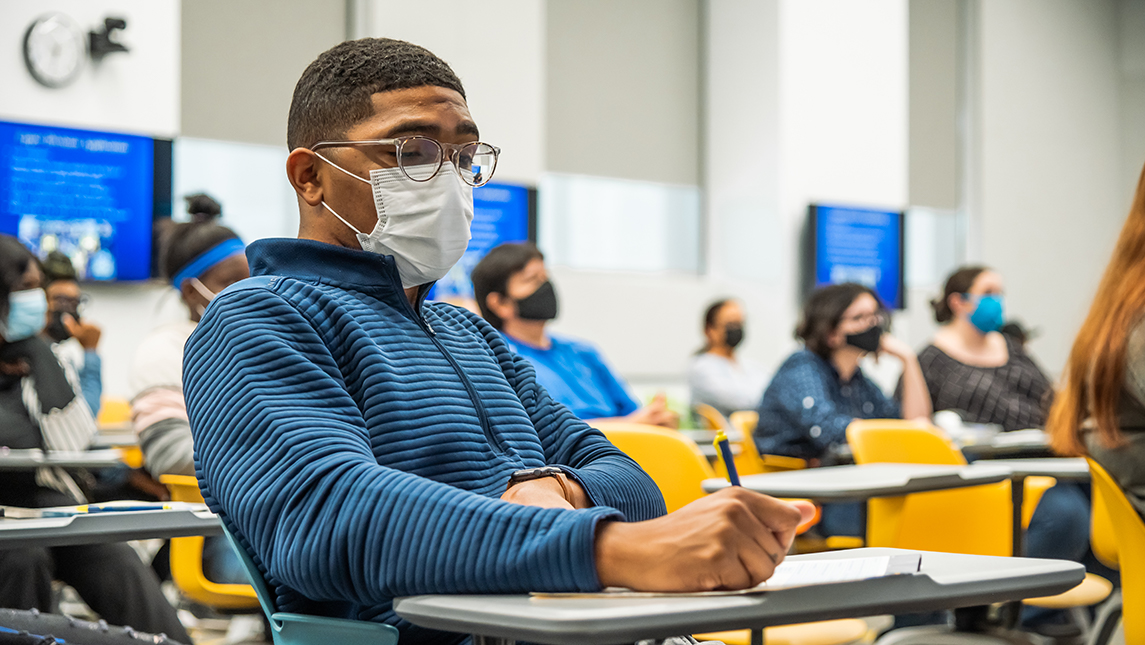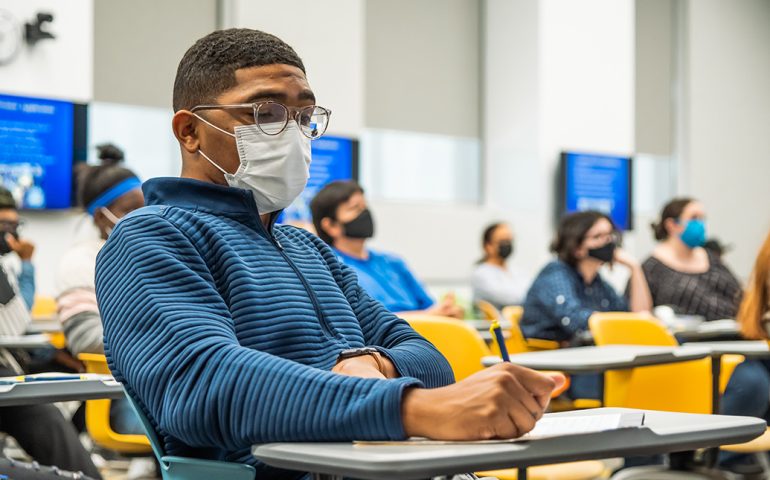
The COVID-19 pandemic dramatically transformed education overnight as schools closed and teachers, students, and families abruptly shifted to remote learning. While incredibly disruptive, this massive change also offers opportunities to reimagine teaching and learning in ways that may positively impact education in the long run.
Accelerated Ed Tech Adoption
The pandemic forced a rapid, massive expansion of educational technology. Teachers with little prior experience were suddenly put in the position of delivering all instruction remotely. This instigated a steep learning curve mastering digital tools.
According to education technology expert Audrey Watters, “Teachers were thrown into the deepest end of the ed tech pool. But most figured out how to swim, adopting new technical skills faster than ever imagined.”
While stressful, this unexpected tech immersion could have lasting positive impacts as teachers integrate new capabilities into their post-pandemic practice. Students also built digital literacy skills they will apply throughout their education and careers.
Greater Collaboration
Remote teaching required new levels of collaboration as teachers worked together to meet student needs under trying circumstances. Grade-level teams shared curriculum resources, problem solved about technology hurdles, and devised remote special education plans.
Teachers also coordinated across schools and districts, forming online communities to exchange lesson plans, virtual activities, and best practices. Education scholar Mitchell Resnick suggests “these collaborative habits developed under necessity may persist post-pandemic, strengthening the teaching profession.”
Flexible Learning
With remote teaching, students necessarily worked more independently using self-directed online materials and tools. Teachers set learning goals but gave students flexibility in how and when they accessed lessons and completed assignments.
Letting students have more personalized control over pacing could evolve into improved mainstream practice. According to education policy expert Susan Patrick, “Flexible approaches that engage students in how they learn best could replace one-size-fits-all classroom traditions.”
Student-Driven Learning
Teacher-driven instruction was also supplemented by having students create more original content themselves through technology. Students developed online presentations, made videos, initiated virtual discussions, built websites, and completed projects using digital media tools.
Empowering students as creators and facilitators of learning could stick post-pandemic. Audrey Watters suggests, “The agency and capabilities students developed through remote projects and peer collaboration are skills for the future.”
Stronger School-Family Partnerships
Families gained more insight into their children’s education through remote learning. They witnessed instruction, monitored progress, supported technology use, and communicated with teachers extensively. This created opportunities for closer school-home relationships.
Sustaining these enhanced parent partnerships could have tremendous benefits moving forward. Michael Thompson, school counselor and author, explains that “Involved parents are key to student success. Virtual schooling highlighted parents’ crucial role and desire to stay actively engaged.”
Rethinking Assessments
Traditional exams and standardized tests were disrupted by school closures. Teachers experimented with new forms of assessment through technology, like multimedia projects and presentations, online quizzes, and virtual student conferences.
These creative assessments often better reflected real-world skills and deeper learning. According to education scholars Linda Darling-Hammond and Frank Adamson, “This experience may finally catalyze rethinking overly simplistic pencil-and-paper tests.”
Greater Focus on Student Wellbeing
The pandemic caused turbulence in students’ lives outside of school. Attending to their emotional, social, mental, and physical health became imperative for schools. Counseling, trauma support, meals, and community aid resources were provided alongside academic instruction.
This affirmation that schools must nurture the whole child could permanently elevate the importance of health and wellbeing in education. “Student needs beyond the academic now feel more central to our mission,” remarked Chicago Public Schools CEO Pedro Martinez.
Closing Digital Divides
Remote learning made digital equity gaps glaringly apparent as underprivileged students struggled to get online. Schools worked to provide devices and internet access to disadvantaged families. IT infrastructure upgrades focused on communities lacking connectivity.
While problems still exist, addressing technology barriers could be a lasting change. Education Secretary Miguel Cardona stated, “No student can be left disconnected. Closing digital divides is now an education priority.”
Increased Teacher Voice
The pandemic empowered teacher advocacy and leadership. Teachers unions influenced reopening policies. Individual teachers spoke out about needs and realities. Teacher-created materials were widely shared. Education decision-making was decentralized to school levels.
Teachers demanding more of voice in system change may be a lasting effect. Former Secretary of Education John King Jr. said, “This feels like a new era of teacher agency in shaping education policy and practice.”
More Outdoor Learning
To reduce COVID risk, schools held classes outdoors when possible. Outdoor class time, meetings, recess, and activities became daily routines. Getting outside for learning and play is likely to stick post-pandemic due to benefits for health, engagement, and brain development.
Looking Ahead
The pandemic brought painfully difficult challenges and loss. But also revealed opportunities to evolve education in positive ways for the long-term. Building on innovations in technology, flexibility, collaboration, family engagement, assessments, and student supports can make post-COVID schooling more dynamic and learner-centered for all.









